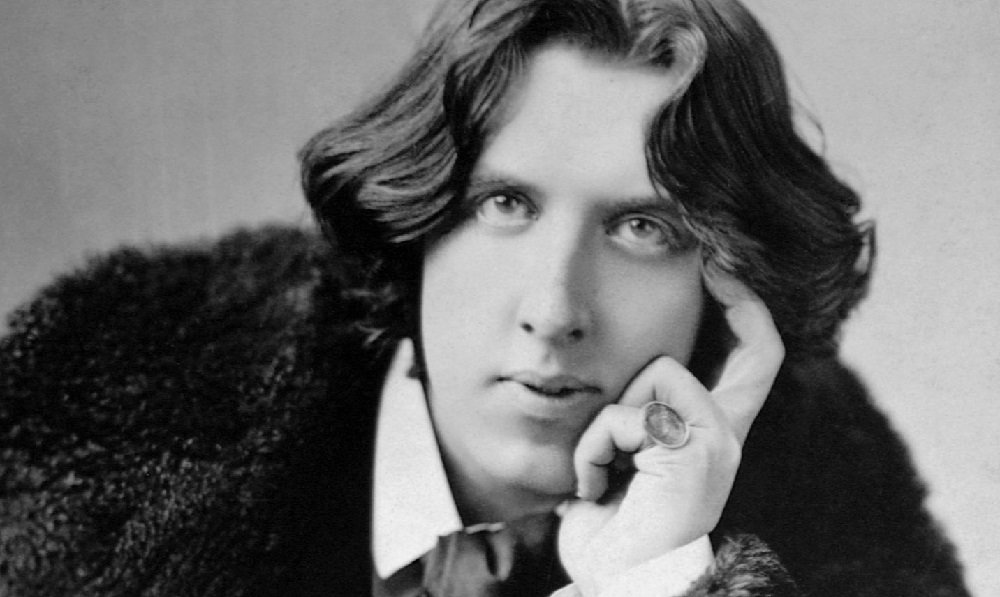Inside Reading Prison: Oscar Wilde’s life and imprisonment explored in fascinating exhibition
By Will Stroude

“In the great prison where I was then incarcerated, I was merely the figure and the letter of a little cell in a long gallery. One of a thousand lifeless numbers, as of a thousand lifeless lives” – Oscar Wilde, De ProfundisInside: Artists and Writers in Reading Prison
presents an exhibition of art and writing within Reading gaol in response to their most famous inmate, Oscar Wilde. Organised by Artangel, a London-based art institution who promise “extraordinary art in unexpected places”, this exhibition does precisely that.
First and foremost, the extraordinary architecture of the prison itself is on display. I’d never been into a jail before: this alone was eye-opening. Wilde was imprisoned there in 1895, sentenced to two years’ hard labour for “gross indecency”. The prison – deemed advanced for its time – was designed by George Gilbert Scott and gave each prisoner their own individual cell instead of group dorms.
Wilde’s cell, as well as many of the others, are open to visitors: it is claustrophobic, oppressive. Wilde’s collection of books is on display: initially only allowed the Bible and The Pilgrim’s Progress, he later acquired Ancient Greek texts, Dante’s Divine Comedy, essays by St Augustine, and a variety of other books.
While imprisoned, Wilde wrote a 50,000-word letter to his lover, Lord Alfred Douglas, which he never sent but was allowed to take with him upon his release. It was published in 1905, five years after Wilde’s death, under the title ‘De Profundis’, Latin for ‘From the depths’.
Every Sunday, the text is read out in full in the prison’s chapel by the likes of Ralph Fiennes and Ben Whishaw; a recording is played on loop for the rest of the week, Patti Smith this week. His words remain potent today: “When first I was put into prison some people advised me to try and forget who I was. It was ruinous advice. It is only by realising what I am that I have found comfort of any kind.”

This exhibition provides an astonishing insight into Wilde’s life and fate. The artistic responses are poetic, subtle and incredibly powerful. Marlene Dumas’ portraits of Wilde and Lord Douglas are haunting and vulnerable. Nan Goldin presents several rooms of work: one cell is plastered with photographs of the German frankly gorgeous actor Clemens Schick – in the shower, in bed, out and about – Goldin’s muse for over twenty years, who is entirely captivating. Next door, two video interviews explore the perils of homosexuality in the 21st century, one with George “the Oldest Gay in the Village” Montague, who was convicted of the same crime as Wilde, and one with a young man from Kiev, whose face is blurred throughout as he talks with a heartbreaking frankness about his fears for his life.
Nine letters by contemporary writers are spread throughout the exhibition, including one by openly-gay Kenyan author and journalist Binyavanga Wainaina that explores the dangers of being gay in Kenya today. Other works focus more on the experience of being imprisoned: Ai Weiwei writes to his daughter about his 81 days of internment without trial in 2011.
The works of Felix Gonzalez-Torres and Roni Horn are presented in parallel, reflecting the artists’ friendship until Gonzalez-Torres died in 1996 due to complications from AIDS. Blue beaded curtains hang in several of the cell doors, creating openness despite the barrier, while a pair of lightbulbs (an iconic work by Gonzalez-Torres) give a sense of impossible intimacy. A stack of prints of a solitary bird against a cloudy sky are free to take away; Gonzalez-Torres works often rely on participation, in this case extending the exhibition paradoxically beyond the confines of the prison.
This is a wonderful exhibition and is definitely worth the trip to Reading. It offers world-class art in a unique location and fearlessly broaches topics that are usually shied away from.
‘Inside: Artists and Writers in Reading Prison’ is at HM Prison Reading until December 4. For visitor information and tickets click here.
Words: Louis Shankar
More stories:
Meeting the gay men who voted for Donald Trump
‘Grindr’ serial killer Stephen Port found guilty of multiple murders
